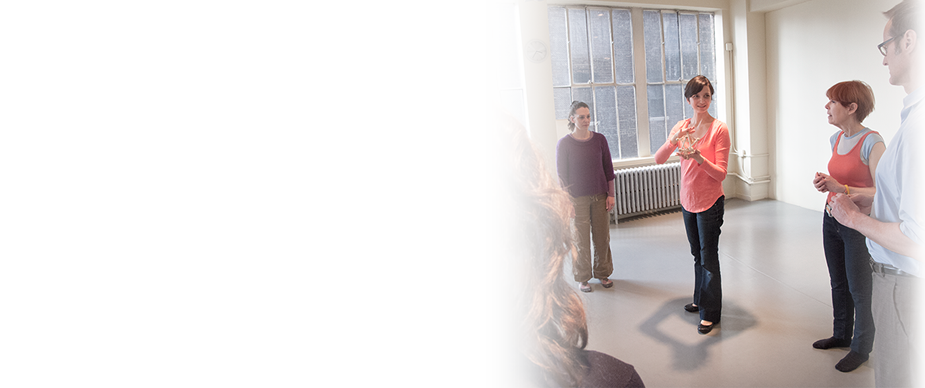A Fun-House for Posture!
/Posture is an attitude, a physical manifestation of how we respond to the stimuli that we encounter every day. We respond emotionally, psychologically, and physically. Posture is how our attitude looks from the outside and reflects how we feel on the inside.
The environments that we spend time in on a daily basis affect how we feel and in turn affect our posture. A few years ago, I read an article in the New York Times about a house that had been built on Long Island by an architect couple that is intended to help maintain health and feeling young.
I recommend reading the whole article, but as you are reading this blog, take a look at the headline photo and you'll get an idea as to what is meant by "tentative": uneven, sloping, bumpy floor, odd angles, and distortion of perception.
http://www.nytimes.com/2008/04/03/garden/03destiny.html?pagewanted=all&_r=0
The architects' intention in creating this home was to create an environment that the inhabitants have a tentative relationship with. If you are reading this from a comfy couch in your living room, you may find this concept absurd. Why would anyone want to live in a home that is more like a fun-house than a house?
I encourage you to read the article to learn more, but I will give you my perspective on this phenomenon as an Alexander Technique instructor with insights on posture.
As civilization has developed, in many ways humans have become more and more "comfortable" and life has become more and more predictable. Our daily lives are likely to involve walking on many flat surfaces, hours of sitting, and navigating through environments that change infrequently. We've invented things like traffic lights, that are useful and promote safety, but keep us less on our toes about crossing the street. We stare at computers and make repetitive movements, tuning out our surroundings. People send emails while walking on the sidewalk, relatively confident that they won't trip over a tree branch. We zone out and we get lost in thought or listen to music on our drive or walk home. The path is well-worn and we don't expect to encounter any lions.
Sometimes our tuning out of the present moment gets us into trouble, but most of the time we get away with it. We get away with it for the moment, but we loose receptivity to what is around us and something slowly happens to our bodies. We physically pull into ourselves and sink down because we lack the energy that comes with alertness. Then when we need to suddenly focus, we overreact and launch into action with too much effort. All of this compression and tension puts a lot of strain on the body and results in what we call "poor posture", which can negatively affect health and make us look older.
Alexander Technique lessons can help people reactive the balance that they've lost in their own bodies and help them to stay alert, focused and present without strain.
Even if you've never had an Alexander Technique lesson, something can be learned from simply putting yourself in a new situation. Take a different route home. Make an effort to tune into what you are hearing around you as you type on your computer. Go for a hike and notice how navigating rocks, branches, and uneven ground engages your mind and body in a way that the treadmill at the gym doesn't. You may even experiment with rearranging your furniture at home once in awhile or if you are brave, purposely create obstacles to navigate. If you have children, leave the toys out on the floor once in awhile and walk through them without stepping on them. Use your creativity and challenge yourself. You may stand up straighter, breath more easily, feel happier, and look and feel younger!
Share your experiments in the comments below!
Would you live in a house like in the New York Times article? Make sure to read it: http://www.nytimes.com/2008/04/03/garden/03destiny.html?pagewanted=all&_r=0#

